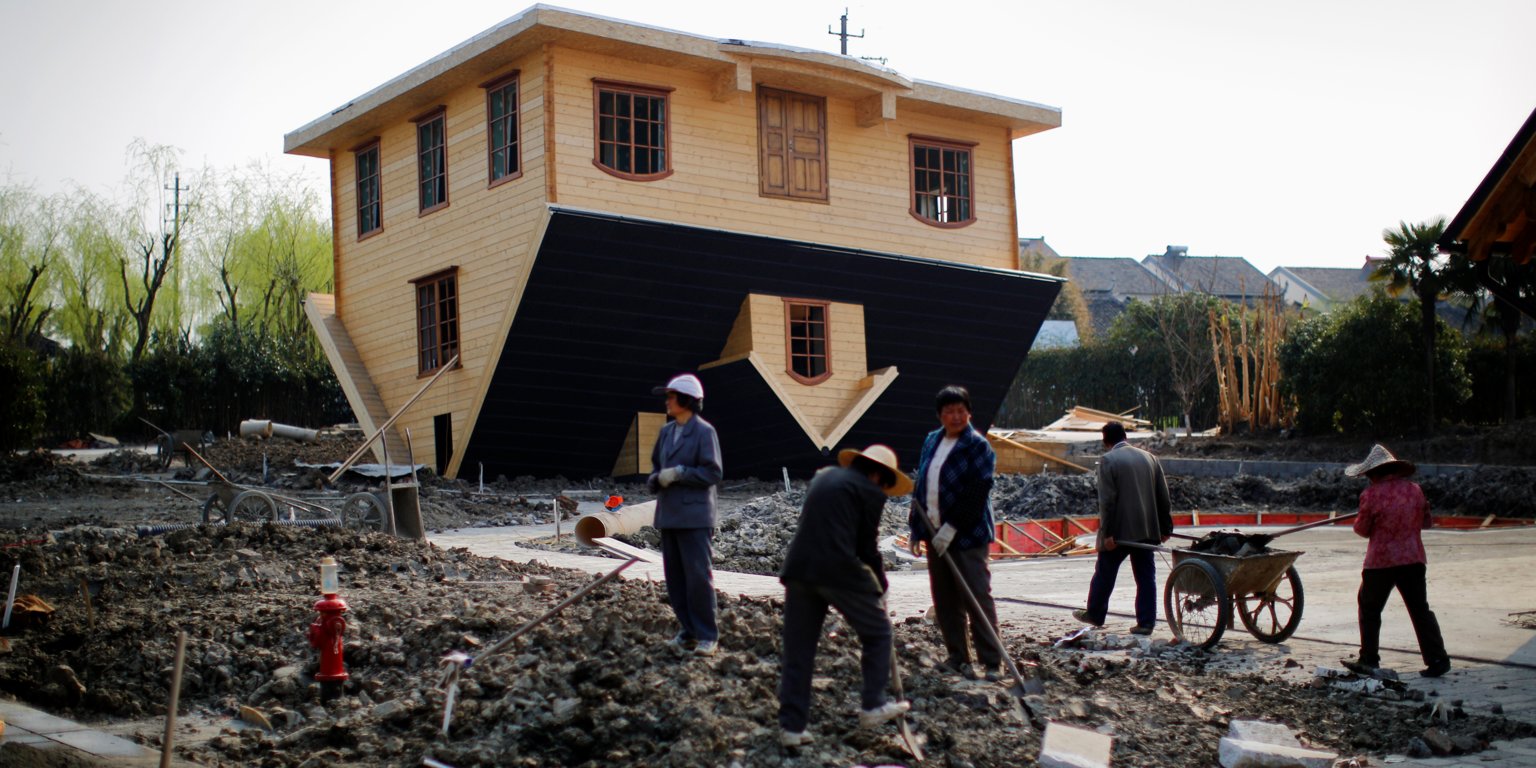During a recent hearing before the Senate Banking Committee, Federal Reserve Chairman Jerome Powell was asked about the housing shortage. Powell responded, “What we hear from home builders is a series of factors that are really holding them back and challenging affordability.”
He said a skilled-labor shortage — which he blamed on immigration policy — a lack of availability of lots, and higher material cost from tariffs resulted in a “perfect storm” for builders.
While the Fed chairman recited three of the industry’s favorite talking points, his analysis failed to get at the root causes of increasing home prices and ignored that the housing-supply shortage is largely a self-inflicted wound from policy mistakes made by many local governments.
Restrictive zoning and onerous regulations — all burdens imposed by local jurisdictions — are the real culprits for the US’s affordability problems.

To get to the root of the country’s affordability issues, one must start with the data, not builder anecdotes.
New AEI Housing Center data identifies new residential construction sales and their price at the property level in near real time. These data allows us to identify the real problems plaguing the housing market by connecting new-construction activity, economic growth, and housing affordability at the metro level.
Our analysis indicates vast geographic differences. Roughly speaking, we classify the largest 100 metropolitan areas into three groups.
The first are headline-grabbing places, such as San Francisco, Los Angeles, San Jose, Seattle, and Denver out West, where construction activity has failed to keep up with employment growth. The influx of people and slower pace of construction has resulted in rapid home price appreciation (HPA). In these metros, the new-construction share of all sales averages about 10%, while HPA has averaged about 60% from 2012 on, nearly three times income growth.
But not all metros are experiencing runaway HPA. The second group consists of metros largely in the Northeast or Rust Belt with little need for new-construction activity because of weak employment growth since 1990. In this group, the new-construction share of sales averages about 5%, while HPA has averaged a modest 20%.
The third group comprises metros in which new-construction activity has kept pace with rapid employment growth. These metros — mostly in Texas and the Carolinas — have remained largely affordable. With a new-construction share of sales of 20%, HPA has been much lower than the first group, 35%, which places them within reach of wage growth.
So the real question is how is it that these fast-growing but more affordable metros haven’t “been hit by a perfect storm” alluded to by the chairman? A useful framework is to start with are the five L’s of home building: labor, lending, laws, lots, and lumber.
Especially for lumber, Powell’s logic appears flawed. Raw material prices, as well as lending practices, don’t vary much across the country. While in the short run higher tariffs can certainly cut into margins, lumber prices, after spiking from 2017 to mid-2018, have now fallen back into the same range they had for from 2013 to 2016. This cannot be said for home prices, which are now 10% higher than in 2017, which should help cushion higher input costs.
Lower immigration may perhaps play a marginal role, but has been declining since the Great Recession. Rather, workers, especially skilled ones, may be voting with their feet.
A married carpenter making the average wage of $40,000 and with a household income of $60,000 can afford an entry-level home in Raleigh. A carpenter in Los Angeles making $60,000 and with a household income of $90,000 cannot.
Additionally, high levels of new construction help ensure a stable local housing market, which better retains construction workers. Raleigh and others hardly experienced the last boom-bust price cycle. The Pacific and Mountain states metros, on the other hand, had massive ups and down, which whipsawed their construction sectors, and are again on track to unsustainably inflated home prices.
If the issue does not lie in lumber, labor, nor lending, then lots and laws must account for the largest part of regional differences in new-construction activity. This is because zoning laws are set at the local or state level and these laws drive up construction and land costs. To his credit, Powell mentioned the availability of lots as another challenge for builders in his testimony, but he did not qualify it as a local issue.
The solution is simple: Relax local land-use restrictions and regulations to ensure higher levels of construction in areas where builders are held back. While some will argue that land-constrained cities on the coasts can’t sprawl as Southern metros do, other options such as building higher or denser are available.

For example, Oregon recently passed a law allowing duplexes, and even three- and four-unit dwellings, by right in most single-family neighborhoods.
Importantly, once a metro is building more, the private sector will provide homes across all price points. The data show that Metros in the Southern growth belt have new-construction sales at the entry level of about three times the national average, which has kept homes more attainable for first-time buyers.
Undoing decades of misguided land-use regulations won’t happen overnight, but more enlightened land-use laws would go a long way in overcoming today’s housing shortage and to reconcile economic growth with affordable housing.
Source: businessinsider




